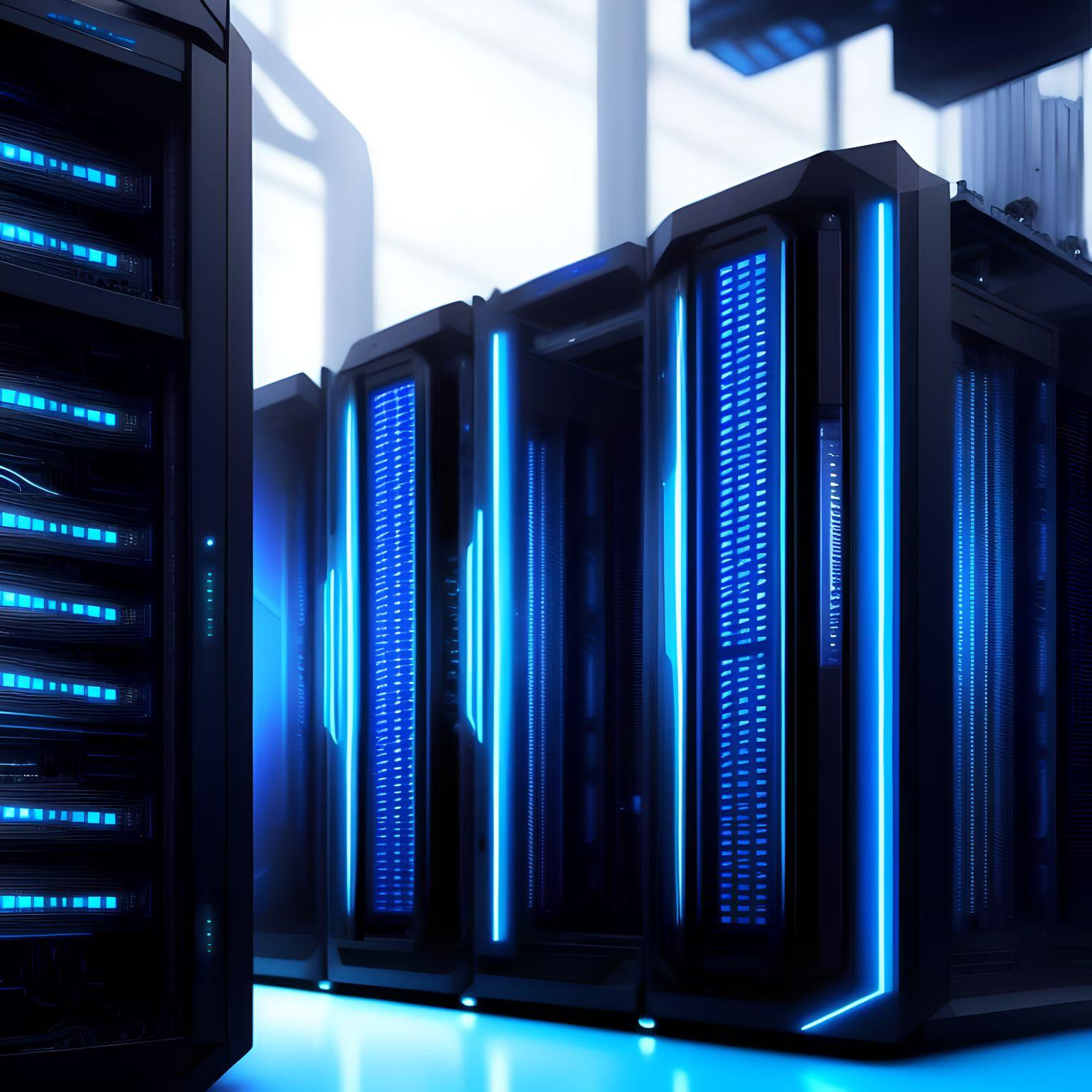Databases play a pivotal role in storing, managing, and retrieving data. Whether you’re delving into the world of datacenters or venturing into the cloud, selecting the right database is vital for performance, security, and scalability. In this article, we’ll explore the different types of databases commonly employed, the data they’re typically used for, and potential reasons to opt for or against them.
1. Relational Databases (RDBMS)
- Commonly Used For: Structured data with relationships (e.g., e-commerce, CRM systems)
- Examples: MySQL, Oracle, PostgreSQL, MS SQL Server
- Reasons to Reconsider:
- Not always the best for highly scalable applications
- Potential performance issues with very large datasets or complex operations
2. NoSQL Databases
- Commonly Used For: Semi-structured or unstructured data, scalable applications
- Examples: MongoDB (document-based), Cassandra (column-based), Redis (key-value), Neo4j (graph-based)
- Reasons to Reconsider:
- Each type is specialized; not all may suit a general-purpose use case
- Potential complexities in ensuring data consistency in distributed settings
3. Time-Series Databases (TSDB)
- Commonly Used For: Time-centric data, monitoring, event logging, IoT applications
- Examples: InfluxDB, TimescaleDB
- Reasons to Reconsider:
- Not optimized for non-time series data
- May struggle with complex querying needs outside their domain
4. NewSQL Databases
- Commonly Used For: Combining benefits of NoSQL scalability with SQL-like querying
- Examples: Google Spanner, CockroachDB
- Reasons to Reconsider:
- Still maturing; might not have all features of established RDBMS
- Deployment and management can be more complex compared to traditional SQL databases
5. Columnar Databases
- Commonly Used For: Analytical and warehousing operations, OLAP
- Examples: Apache Parquet, Google BigQuery
- Reasons to Reconsider:
- Not designed for OLTP or transaction-heavy operations
- Often less performant for row-oriented operations
6. Graph Databases
- Commonly Used For: Data with complex relationships, network topologies, recommendation engines
- Examples: Neo4j, ArangoDB
- Reasons to Reconsider:
- Not suited for traditional tabular data or OLAP operations
- May require learning new query languages or paradigms
7. Object-Oriented Databases (OODB)
- Commonly Used For: Applications requiring complex data models or multimedia storage
- Examples: Versant, Gemstone
- Reasons to Reconsider:
- Learning curve due to a different paradigm from relational models
- Limited community and tooling in comparison to RDBMS or NoSQL systems
8. In-Memory Databases
- Commonly Used For: Ultra-fast data retrieval, real-time processing
- Examples: Redis, MemSQL
- Reasons to Reconsider:
- Limited by physical memory
- Data persistence might be an issue; data can be lost on restarts or crashes
9. Distributed Databases
- Commonly Used For: Large scale applications needing fault tolerance, high availability, and scalability
- Examples: Cassandra, Riak, CockroachDB
- Reasons to Reconsider:
- Complexity in setup and management
- Ensuring data consistency across nodes can be challenging
Selecting a database is not a one-size-fits-all scenario. The right choice hinges on your application’s needs, data structure, scalability requirements, and the expertise at your disposal. By understanding the strengths and limitations of each database type, you can make a more informed decision that aligns with your project’s goals and ensures efficient data management. Whether you’re in a datacenter or floating in the cloud, let your data demands guide your database destiny!

No responses yet